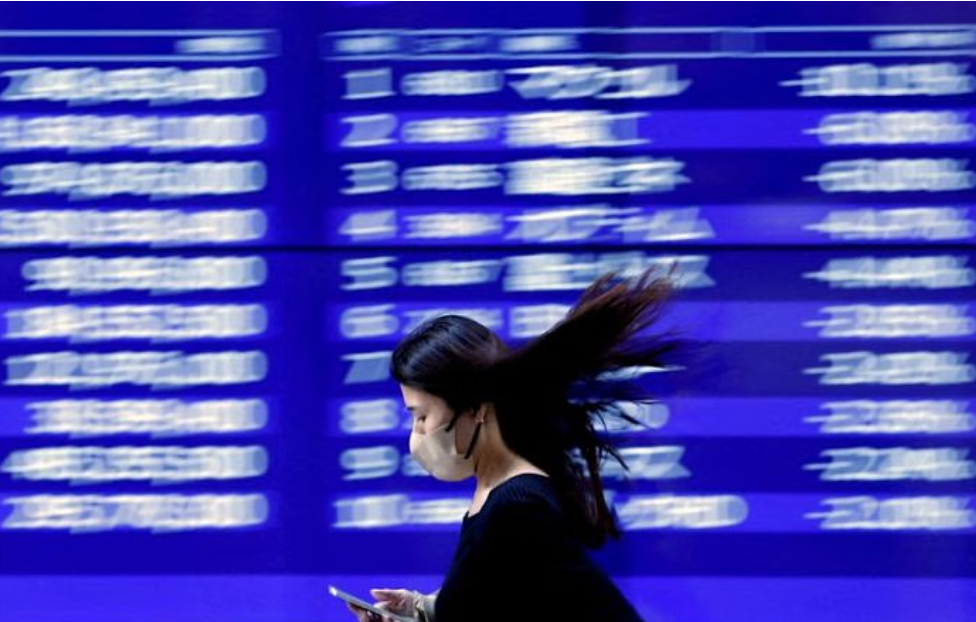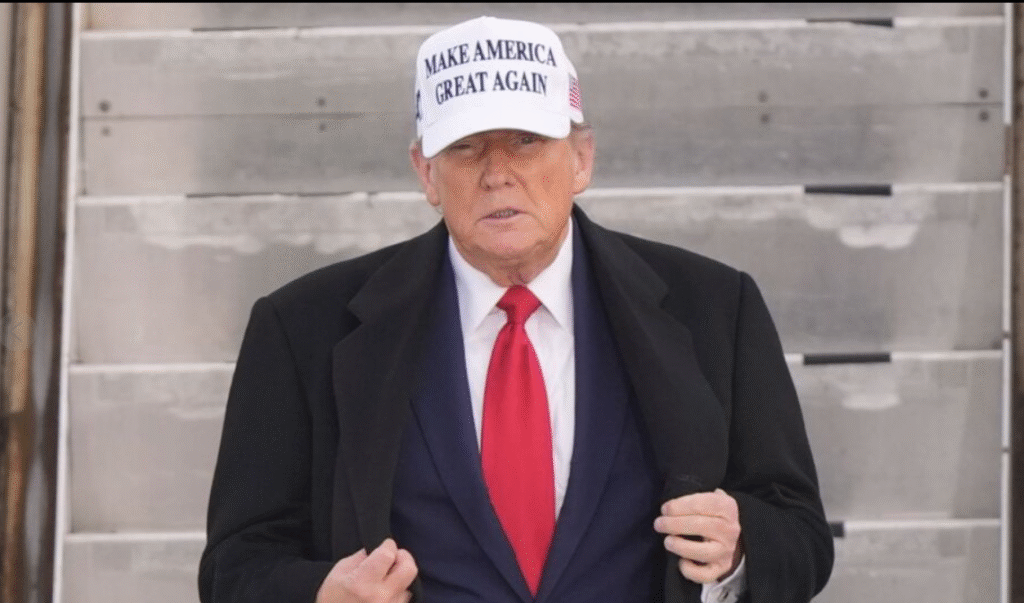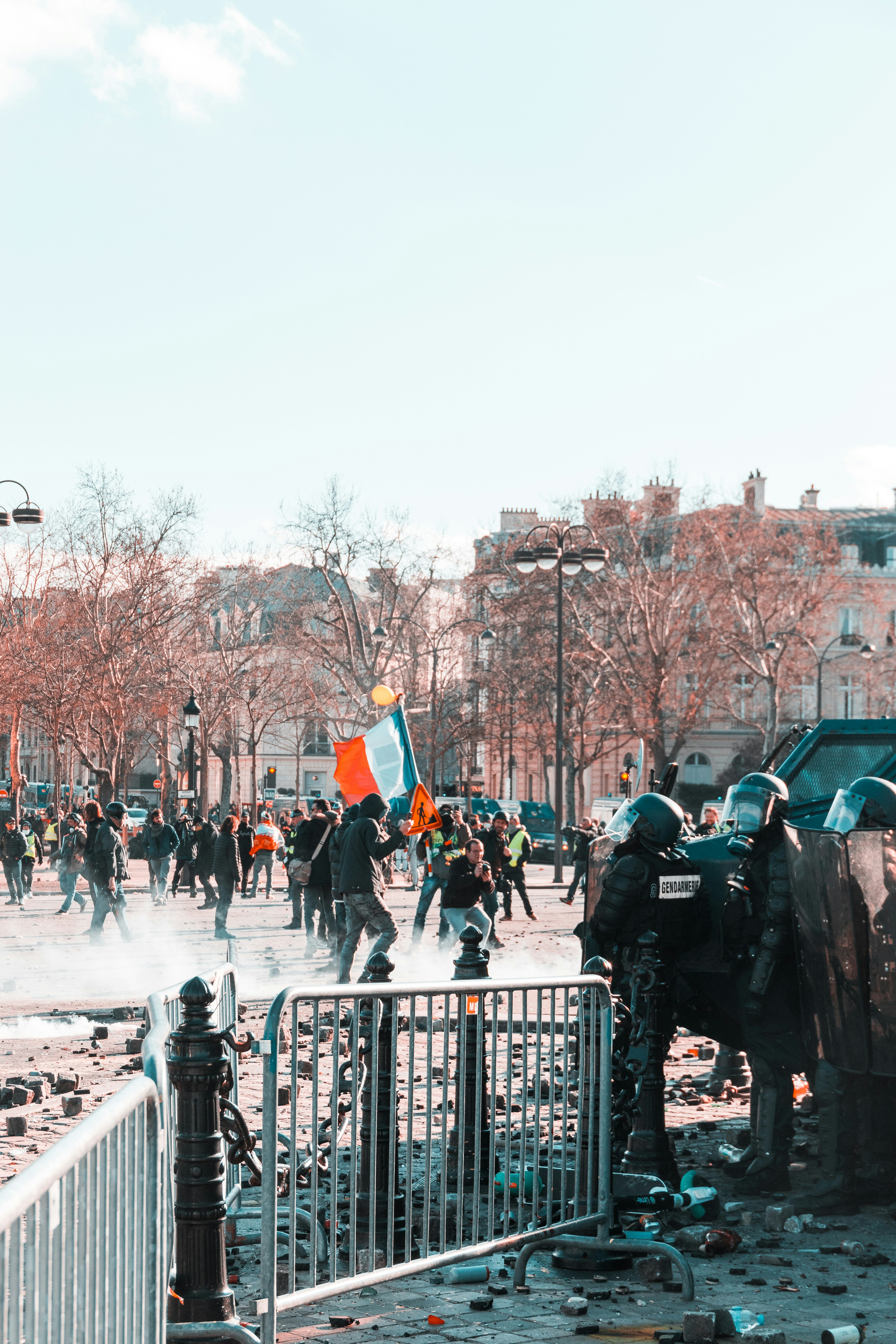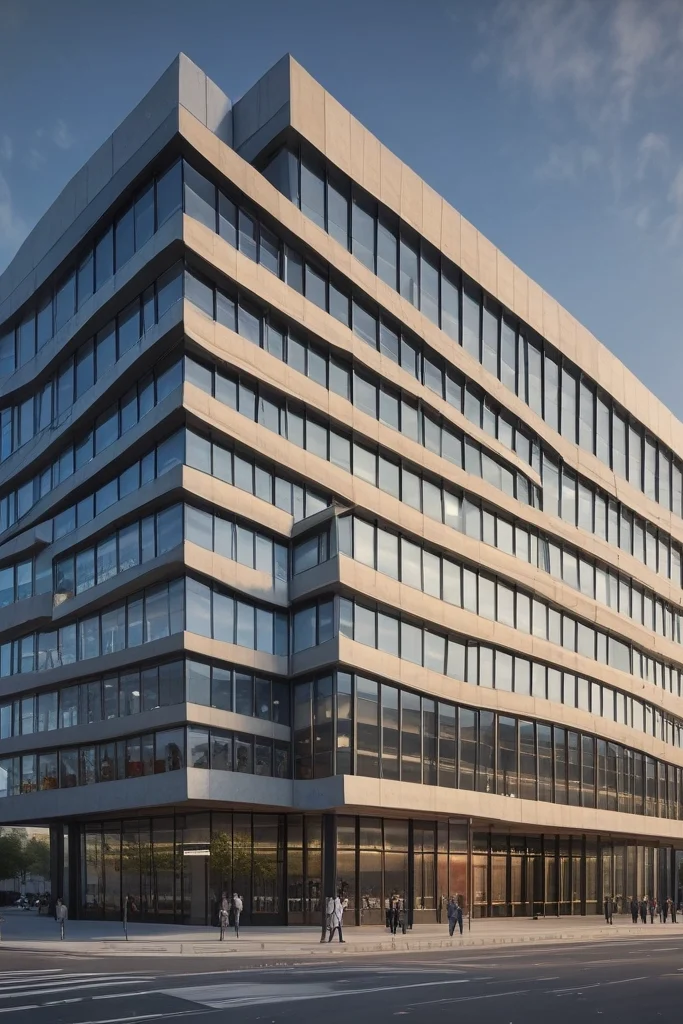An Overview of Bellevue Mansion
Located in the heart of Washington State’s Pacific Northwest, Bellevue Mansion is currently on the market for an astounding $79 million, making it the most expensive residential property in the region. Spanning an impressive 18,000 square feet, this architectural masterpiece sits on a sprawling lot of approximately 2.5 acres, offering both grandeur and seclusion. The mansion, designed with meticulous attention to detail, showcases a blend of contemporary luxury and timeless elegance, which sets it apart from other homes in the area.

The design of Bellevue Mansion features an array of high-end materials, custom woodwork, and sophisticated finishes that epitomize luxury living. Boasting nine bedrooms and ten bathrooms, each room is proportionately generous, ensuring a sense of opulence throughout the residence. The mansion includes extensive entertainment spaces, such as a grand ballroom, theater, and expansive outdoor living areas, complete with a swimming pool and manicured gardens. These features are particularly attractive to buyers looking for a property that excels not only in form but also in function.
Additionally, the home’s historical significance can be traced back to its construction, which highlights notable architectural influences that reflect the region’s rich cultural heritage. Emphasizing sustainability and modern technology, the mansion incorporates smart home features and eco-friendly systems, further enhancing its appeal in the luxury real estate market. Bellevue Mansion stands not only as a prime example of architectural innovation in the Pacific Northwest but also as a desirable investment opportunity, given its lavish amenities and strategic location near downtown Bellevue. Such compelling attributes establish Bellevue Mansion as a unique offering for discerning buyers seeking an extraordinary residence.
Architectural Mastery: The Vision Behind the Design
The Bellevue Mansion stands as a testament to the architectural prowess of Tom Kundig, a celebrated figure in the realm of contemporary design. Renowned for his innovative approach and commitment to integrating structures within their environments, Kundig’s background is rich with accolades that underscore his status in the field. A principal at Olson Kundig, he has garnered recognition for his ability to create spaces that harmoniously blend aesthetics with functionality, allowing inhabitants to engage with their surroundings in profound ways.

At the Bellevue Mansion, Kundig’s design philosophy is prominently displayed. His belief in the interplay between natural elements and architectural forms manifests throughout the home. One of the mansion’s crucial features is its incorporation of abundant natural light, achieved through expansive glass walls that not only offer breathtaking views of the Pacific Northwest landscape but also invite the outdoors in, creating a seamless transition between indoor and outdoor spaces. This characteristic aligns with Kundig’s commitment to landscape integration, ensuring that the mansion feels organic to its environment.
Another hallmark of Kundig’s design within this opulent residence is the innovative use of materials. The mansion features a blend of rustic and modern elements, combining timber and stone to provide an earthy warmth that contrasts beautifully with sleek contemporary finishes. This fusion results in an architectural language that is both striking and inviting. Additionally, functional elements, such as movable walls and operable windows, illustrate Kundig’s thoughtful consideration of livability and adaptability in his designs. Overall, the architectural mastery displayed in the Bellevue Mansion reflects a vision that marries beauty with purpose, establishing it as a truly remarkable gem in the Pacific Northwest.
Luxury Amenities and Features
The Bellevue Mansion, valued at $79 million, is a paragon of luxury, boasting a range of exquisite amenities designed to elevate the living experience. From the moment one steps onto the property, it is evident that no detail has been overlooked. The expansive swimming pool serves as a centerpiece, offering both relaxation and recreation opportunities. Surrounded by impeccably landscaped gardens, the pool area provides an idyllic setting for entertaining guests or enjoying serene moments in the sun.

Adjacent to the pool, the lakeside pavilion enhances the outdoor experience. This structure is not only aesthetically pleasing but also multifunctional, allowing for gatherings, celebrations, or simply a quiet space to enjoy nature’s beauty. Its proximity to the water creates a tranquil atmosphere, making it a sought-after feature for those who appreciate the outdoors.
The mansion further caters to the health-conscious with a separate gym equipped with state-of-the-art exercise machines and ample space for workouts. This dedicated fitness area underscores the property’s commitment to a luxurious yet balanced lifestyle, providing the convenience of an at-home gym without compromising on quality or equipment. Whether engaged in yoga, cardio, or weight training, residents can enjoy their fitness routines within the serene confines of their estate.
Moreover, an impressive wine cellar reflects the sophisticated tastes of potential owners. This feature is not merely functional; it is designed to store a vast collection of fine wines in optimal conditions, showcasing the owner’s connoisseurship. The wine cellar creates a sophisticated ambiance for entertaining visitors, affirming the property’s status as an elite real estate offering. The blending of these amenities, from the pool to the gym, underscores the mansion’s luxurious appeal, making it a remarkable residence for those seeking the pinnacle of opulent living.
Market Trends: The Significance of Priced Properties
The Pacific Northwest has emerged as a focal point for high-end real estate, with properties like the Bellevue mansion, priced at an astounding $79 million, exemplifying the region’s luxury market dynamics. The pricing of such extravagant estates often reflects a confluence of local demand, geographic desirability, and lifestyle preferences. Notably, the luxurious nature of the Bellevue mansion, amplified by its distinctive architectural features and extensive amenities, positions it as a significant player in the high-end market.

High-end properties have witnessed a substantial appreciation in value over recent years due to a combination of factors. Firstly, the influx of wealthy individuals and families seeking a refuge from urban centers, notably during and after the pandemic, has increased demand for spacious and opulent homes in areas like Bellevue. Coupled with this trend is the appeal of the region’s natural beauty, economic opportunities, and high-quality educational institutions, which attract affluent buyers. As of now, the buyer demographics for luxury estates in the Pacific Northwest largely consist of technology executives, business professionals, and retirees looking for both investment opportunities and lifestyle enhancements.
The luxury real estate market operates under different principles compared to traditional residential properties. Factors such as exclusivity, location, and historical significance play vital roles in determining property values. The Bellevue mansion stands as a prime example of how unique architecture and premium location can elevate the estate’s market standing. Additionally, economic trends, interest rates, and lifestyle shifts continue to influence buyer behavior and pricing strategies in the luxury segment. The existing appetite for high-end living, paired with properties like the Bellevue mansion, highlights the overarching trend of affluence seeking tangible assets, further solidifying the Pacific Northwest’s reputation in the luxury market.


















